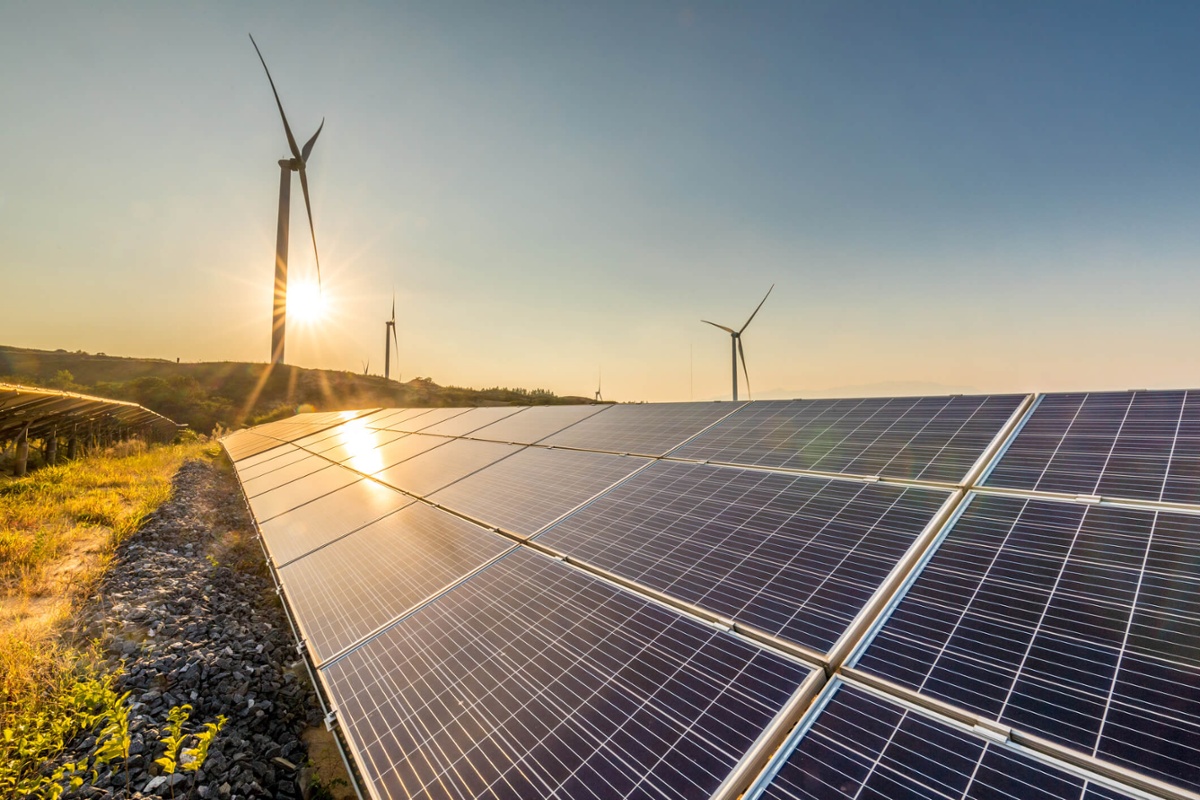Smart Grids and Power Systems: Understanding A Power Source for the Future

As the world’s population grows and our natural resources become increasingly precious, the need for alternatives to conventional forms of energy becomes more apparent. This need, coupled with drastic advances in technology has set the stage for impressive developments in electrical and computer engineering.
Within the department of Electrical and Computer Engineering of the Lyle School of Engineering at SMU, our graduate students in collaboration with our faculty are hard at work developing such solutions. As one of the six main areas of interest within the department, smart grids and power systems offer a wealth of possibilities to the problems we face today and could face in the future. Read on to learn more about some of the projects we are working on and how they will solve some of the most pressing energy needs of our time.
What Are Smart Girds and Power Systems?
Research in these areas includes energy-related projects focusing on smart grids, microgrids, smart cities, transportation electrification, power system operation and control, and cybersecurity. Applications of these research opportunities include implementing more renewable energy resources, operating storage technologies in power systems, large-scale stochastic optimization techniques in power system operation and planning, and developing resilient energy supplies.
One such technology is solar photovoltaic (PV) systems. Frequently referred to as solar panels, this power source generates electricity by harnessing and converting sunlight. Let’s take a more in-depth look at this specific technology and its benefits.
A Deep Dive into PV Generation Systems
The reduction in manufacturing costs, advancements in technology, higher efficiency, and public concerns over the environmental effects of electricity production have promoted the generation of solar photovoltaic (PV) technology in recent years. In fact, in 2017 the global installed solar PV generation capacity exceeded any other power generation technology.
PV generation resources offer opportunities to enhance the resilience of power distribution networks by serving the customers where and when the main distribution feeder is not available. In this context, resilience is defined as the capability of the distribution network to recover from any outages by isolating the fault and quickly restoring the affected sections of the network. Failures in the distribution network could be as the result of deliberate disruptions, the normal wear and tear of the distribution assets, or severe weather conditions. By leveraging this technology during prolonged outages in distribution, networks will reduce the adverse economic effects of curtailing customers’ demand, and underscore the benefits of resilience in the distribution network.
SMU’s Contributions to PV Generation Technology
Several efforts are being made by scholars at SMU to quantify the benefits of solar PV generation technology and improve the resilience, reliability, and power quality of energy supply in distribution networks.
As part of the first effort, researchers in the power engineering lab at SMU are collaborating with scholars at other universities, national labs, and experienced engineers at utility companies to develop an optimization framework that quantifies the benefits of solar PV generation in improving the resilience of distribution networks against severe weather conditions. The objective of this framework is to ensure continuous electricity supply for five days after experiencing a severe weather condition.
The outcome of this research could be used by electric utilities as a guideline for the operation of distributed generation assets to ensure supply continuity in extreme weather conditions. Furthermore, regulatory agencies could leverage the outcomes of this research to determine effective regulations and policies in regard to the operation of distribution networks, through evaluating the enhancements in the distribution network resilience with large-scale integration of solar PV technologies.
In the second effort, the SMU team is developing technologies that leverage grid resources and microgrids with dynamic boundaries to maintain the voltage and frequency across the distribution network feeders within acceptable limits. Using a consensus-based algorithm, the building microgrids leverage controllable generation assets such as diesel generators and battery energy storage, as well as demand resources such as heating, ventilation, and air conditioning (HVAC) systems to regulate the frequency. The proposed algorithm features a limited communication and computation burden that enables the resilient operation and control of the distribution network.
Challenges to Integrating PV Technology
While solar PV generation is counted as a clean and cheap electricity resource for the consumers, integrating this technology introduces several operation challenges including reverse power flow, voltage fluctuations, and voltage unbalance among the phases in the distribution feeder. This challenge is further increased by the uncertainty in the PV generation profile which makes the problem more sophisticated as the operation strategies are dependent on the amount of injected solar power into the distribution network.
In order to address these challenges, the researchers at SMU are developing a framework that could be used by the distribution system operators to effectively accommodate large-scale PV generation capacity in the distribution networks. This framework incorporates effective control mechanisms to reduce the unbalanced voltages among the feeders, reduce the voltage fluctuation along the distribution feeder, and mitigate the probability of reverse power flow and voltage rise in the distribution network.
Get Involved at SMU!
The work that SMU researchers are doing to understand and promote the integration of PV generating systems is just one example of the many different exciting projects taking place in the Electrical and Computer Engineering department at SMU. If you want to learn more about our research and work, or are interested in inquiring about a Ph.D. in Engineering, please request more information today.
Interested in research in this field? Explore our digital resource — The Degree that is Propelling Society Forward: A Complete Guide to Earning Your Ph.D. in Electrical and Computer Engineering.
Note: This article is part 1 of a 6-part series highlighting the main areas of interest within the Electrical and Computer Engineering department at SMU. For more information about this department and the graduate degrees we offer, explore our comprehensive digital resource.


